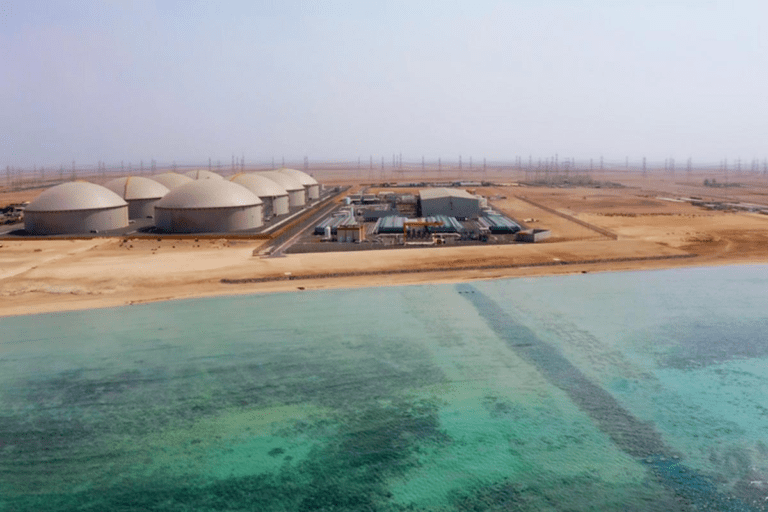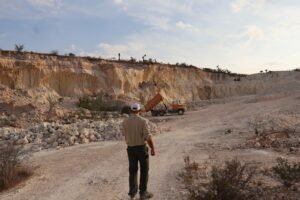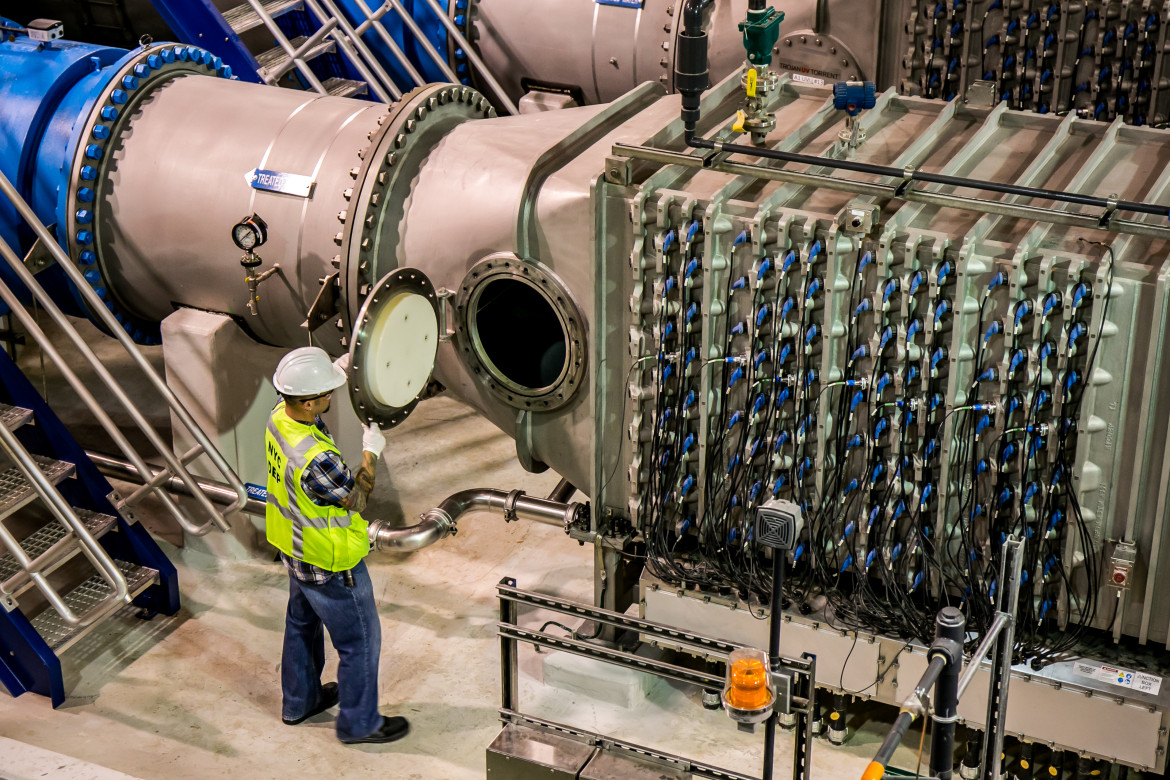Desalination technologies in water treatment
Imagine a water plant so massive that it holds a world record! ACWA Power’s Rabigh 3 Independent Water Plant (IWP) in Saudi Arabia has recently achieved the incredible feat of being officially recognized as the “world’s largest reverse osmosis desalination facility” by the renowned Guinness World Records™.
This awe-inspiring project is not just about numbers; it’s about transforming lives and making a positive impact on a global scale. Desalination technologies in water treatment

So, what’s the big deal with Rabigh 3 IWP? Well, hold on to your hats because this mega marvel has the mind-blowing capacity to produce a staggering 600,000 cubic meters of clean, drinkable water every single day! To put it into perspective, this plant can quench the thirst of nearly one million households in the Makkah Al Mukarramah and Jeddah regions of Saudi Arabia. That’s a real game-changer!
The journey of a desalination gigant on the making
The journey to this remarkable achievement began with ACWA Power’s earlier ventures, pioneering reverse osmosis technology for large-scale desalination projects. It all started back in 2009 with the Shuaibah Expansion IWP, which pumped out 150,000 cubic meters of water per day. This was a trailblazing project at the time, setting the stage for even more groundbreaking efforts.
Fast forward to the present, and we see the incredible progress made by ACWA Power, with projects like the Shuqaiq IWP, commissioned in 2011 with a capacity of 212,000 cubic meters per day.

Each step of the way, they have harnessed the power of reverse osmosis technology and fine-tuned their skills to maximize production capacities, eventually culminating in the colossal Rabigh 3 IWP.
ACWA Power’s Chairman, Mohammad Abunayyan, couldn’t hide his excitement about this momentous achievement. He credited the ambitious strategic Vision 2030, which has been driving progress in the desalination sector in Saudi Arabia.
Through public-private partnerships and pioneering projects, the country has become a global leader in the field, proving that when it comes to water solutions, they’re playing on the world stage.
Opportunities for local talent
But Rabigh 3 IWP isn’t just about setting records; it’s also about creating opportunities for local talent. The project currently boasts a 40% localisation rate, which means Saudi companies have played a crucial role in manufacturing essential reverse osmosis technology components.
These “Made in Saudi” technologies meet the highest international quality standards, making the country a force to be reckoned with in the global desalination game.
Now, let’s talk green credentials! Rabigh 3 IWP isn’t just the biggest; it’s also the most environmentally friendly desalination plant on the planet.
A green colossal footprint in desalination
How? It boasts the lowest electricity consumption during day-to-day operations and is a master of silence, recording the lowest noise rate. Moreover, it achieves the highest rate of desalination with the lowest brine reject, meeting international standards with flying colors. It’s like the superhero of desalination plants, saving the day for both people and the planet!

Speaking of technology, reverse osmosis is the secret behind Rabigh 3 IWP’s efficiency. The process works like magic, using a separation technique to remove salt from seawater, providing us with clean, fresh water to drink and use.
Rabigh 3 IWP was no small feat; it came at a cost of around US$750 million, but its commercial operations, which began on December 31, 2021, make it a valuable investment in securing water for the future.
A beacon of hope
In conclusion, ACWA Power’s Rabigh 3 IWP is a beacon of hope, showing us what’s possible when we put our minds to solving one of humanity’s greatest challenges – water scarcity.
By breaking records, pioneering technology, and nurturing local talent, this water miracle from Saudi Arabia is making a splash on the world stage, reminding us that big dreams can lead to even bigger achievements. Cheers to Rabigh 3 IWP and the visionaries behind this life-changing project!
Choosing the right pretreatment for the future of Water Desalination in Saudi Arabia
Water pretreatment in the desalination process is crucial to remove larger particles, suspended solids, and other impurities before subjecting the water to the main desalination method. While sand filters have been traditionally used in pretreatment, zeolite filter media can offer several advantages in terms of effectiveness and efficiency. The Evolution and Future of Water Desalination in Saudi Arabia
Here’s how zeolite filter media can enhance the water pretreatment process compared to sand:
- Filtration Efficiency: Zeolite has a higher filtration efficiency compared to sand due to its smaller particle size and uniformity. This allows for better removal of suspended solids and smaller particles, resulting in cleaner water.
- Ion Exchange Capacity: Zeolite’s ion exchange properties make it highly effective in removing heavy metals, ammonia, and other contaminants present in the water. It can selectively capture these ions and exchange them with less harmful ones, thereby improving water quality.
- Longer Filter Run Times: Zeolite filter media tends to have longer filter run times compared to sand filters. This means that the zeolite filters require less frequent backwashing or regeneration, reducing water and energy consumption during the pretreatment process.
- Reduced Pressure Drop: Zeolite’s smaller particle size and uniformity contribute to a lower pressure drop across the filter media. This helps maintain a consistent flow rate, reducing the energy requirements of the pretreatment system.
- Compact Design: Zeolite filters can achieve the same or higher levels of pretreatment efficiency as sand filters while requiring a smaller footprint. This compact design is especially beneficial in situations where space is limited.

It’s worth noting that the specific design and configuration of the pretreatment system, including the type and size of zeolite media, will depend on the water source, quality, and the desalination process employed. The Evolution and Future of Water Desalination in Saudi Arabia
Future Prospects and Considerations in Water Desalination Process in Saudi Arabia
Projections indicate that Saudi Arabia may require a desalinated water capacity of up to 4.5 billion cubic meters per year by 2040, double the current production levels. Achieving this ambitious target will demand continued innovation, research, and investment in desalination technologies.
In addition to technical advancements, demand management strategies will play a crucial role in balancing water consumption. Awareness campaigns and potential taxation on high water usage are among the methods that may be employed to reduce water demand.





